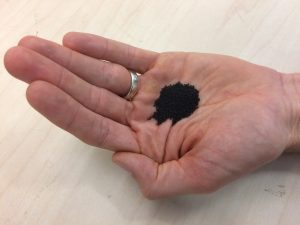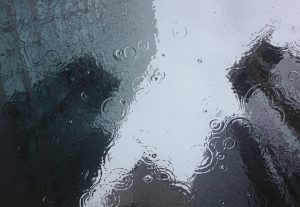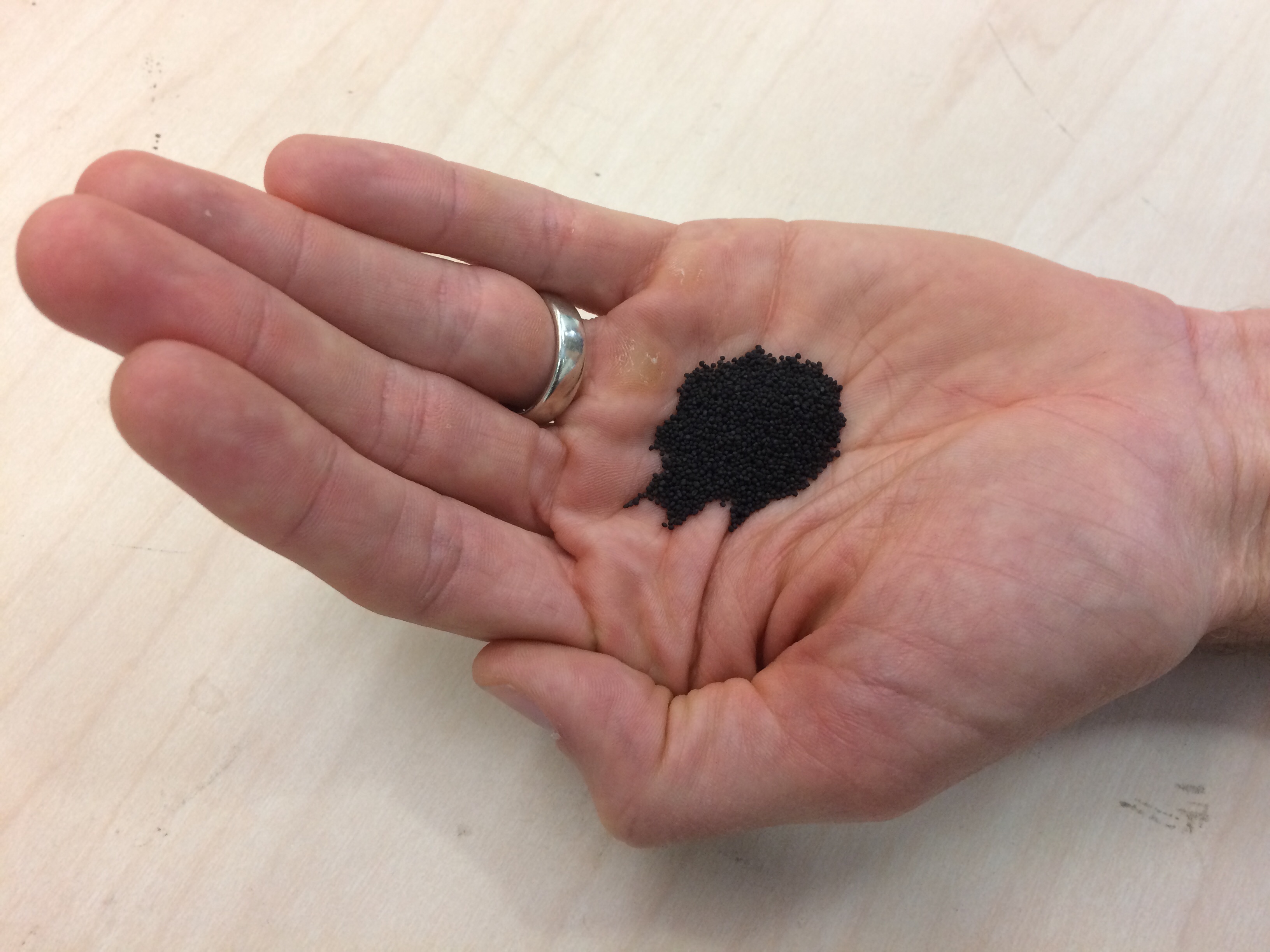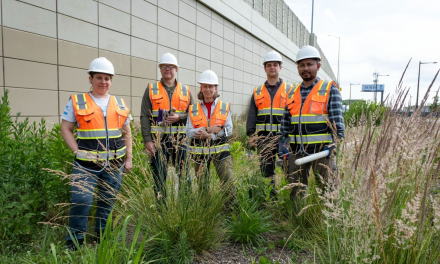A research team from the University of California–Berkeley (UCB) is exploring how alternative water sources, such as stormwater, could be repurposed to help keep aquifers brimming. Joseph Charbonnet, a UCB graduate student and the lead author of a study that recently appeared in the journal Environmental Science & Technology, claims that a new treatment medium made from chemically modified sand can help change the way California approaches both groundwater recharge and stormwater management.
“The way we treat stormwater, especially in California, is broken,” Charbonnet told Berkeley News. “We think of it as a pollutant, but we should be thinking about it as a solution. We have developed a technology that can remove contamination before we put it in our drinking water in a passive, low-cost, non-invasive way using naturally occurring minerals.”
A new use for manganese oxide

Manganese oxide, commonly found in soils, naturally binds to such pollutants as herbicides, pesticides, and bisphenol-A (BPA). The oxide breaks down the contaminants into biodegradable pieces. Researchers from the University of California–Berkeley have developed a new type of sand that leverages these properties to passively treat stormwater and protect groundwater aquifers. University of California–Berkeley.
Charbonnet and his advisor, Berkeley Water Center co-director David Sedlak, envisioned a passive, widely deployable filtration medium that would work alongside other stormwater treatment measures to address such difficult-to-remove runoff contaminants as herbicides, pesticides, and bisphenol-A (BPA).
They decided to use manganese oxides, which bind to organic chemicals, as the basis for their medium. Manganese oxides also break down organic chemicals into inert, biodegradable pieces. The oxides are already abundant in most soil types, Charbonnet said, but have never been produced specifically to treat stormwater.
“Manganese oxides are something that soil scientists identified 30 or 40 years ago as having these really interesting properties, but we are one of the first groups to use it in engineered ways to help unlock this water source,” Charbonnet said.
To produce the medium, the team coated plain sand with a form of manganese and the manganese-containing oxidation agent permanganate. The ingredients react to create a brown-colored sand with manganese oxide’s filtering properties.
Charbonnet and Sedlak tested the sand’s effectiveness by dripping artificial stormwater containing a low concentration of BPA through columns filled with their medium. While the sand initially removed nearly all the BPA, the researchers discovered that repeated use of the same sand diminished its removal efficiency.
Working toward a rechargeable medium
Simple methods exist to restore the sand’s reactivity, at least on a small scale, Charbonnet said. Excavating the sand and washing it in a solution of water with 25 ppm chlorine – the same concentration typically used to treat wastewater – restores the medium to its original effectiveness. But with an intent to deploy the sand in deep columns across areas measuring several acres, the researchers acknowledge that work is needed to come up with a more feasible method to regenerate the sands at scale.

The researchers are now working to test the sand’s effectiveness under real-world conditions. They also are looking into easier ways to recharge the sand’s treatment abilities after it has been installed to maximize its appeal to community stormwater managers. Pexels/Pixabay.
“If you have to come in every year or two and dig up this sand and replace it, that is incredibly labor intensive, so in order to make this useful for community stakeholders, it’s really important that this stuff can be regenerated in place,” Charbonnet said.
According to the study, the researchers believe that the near-identical chemical makeup of the sand before its use and sand recharged with chlorine makes the possibility of an in-situ recharge solution likely. If the team can navigate that obstacle, and the sand performs as expected in an upcoming field test in Sonoma County, Calif., the medium has the potential to make a big difference for stormwater treatment and groundwater quality.
“As utilities in water-stressed regions try to figure out how to get urban stormwater back into the ground, the issue of water quality has become a major concern. Our coated sands represent an inexpensive, new approach that can remove many of the contaminants that pose risks to groundwater systems where stormwater is being infiltrated,” Sedlak said.





